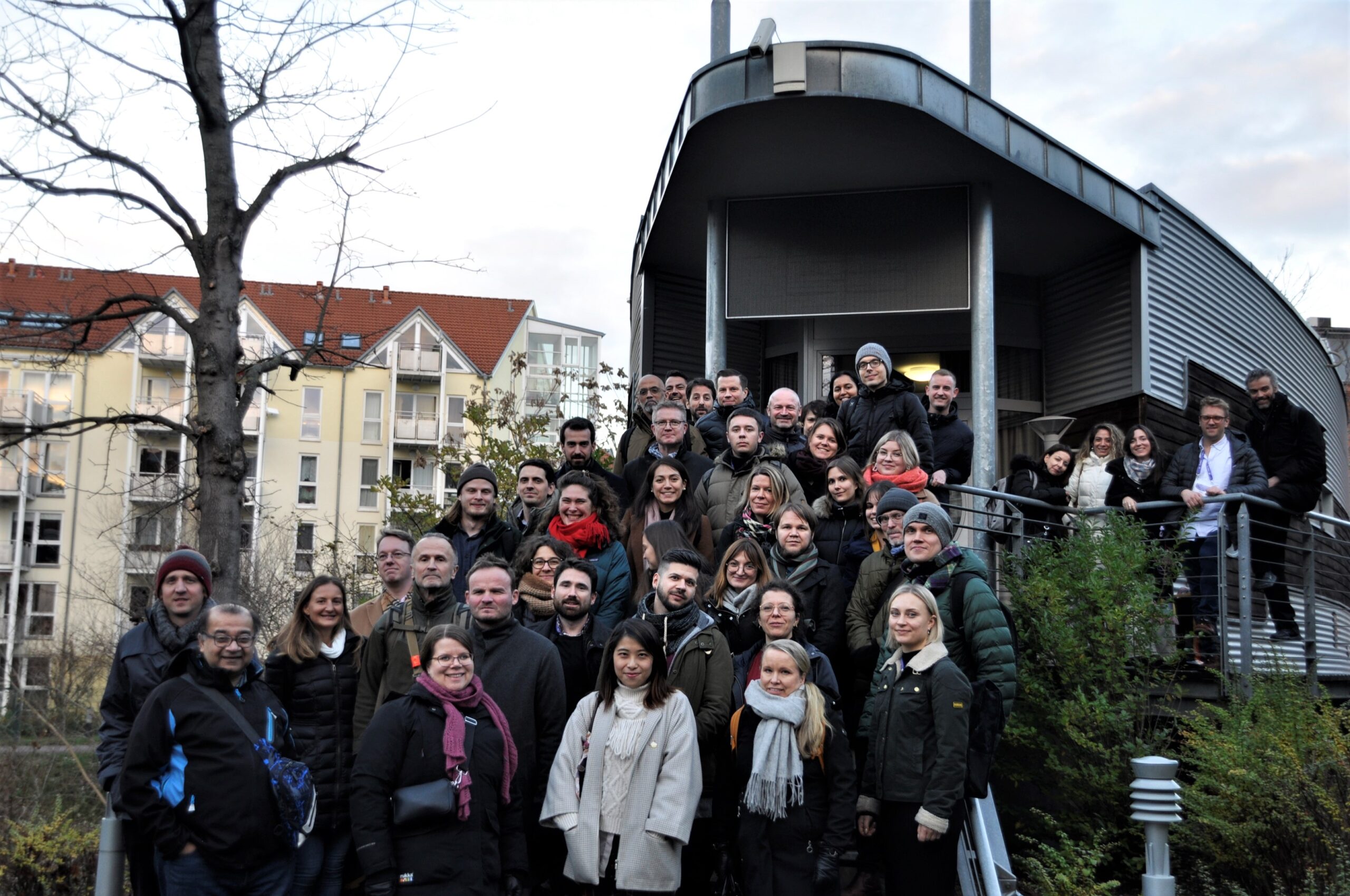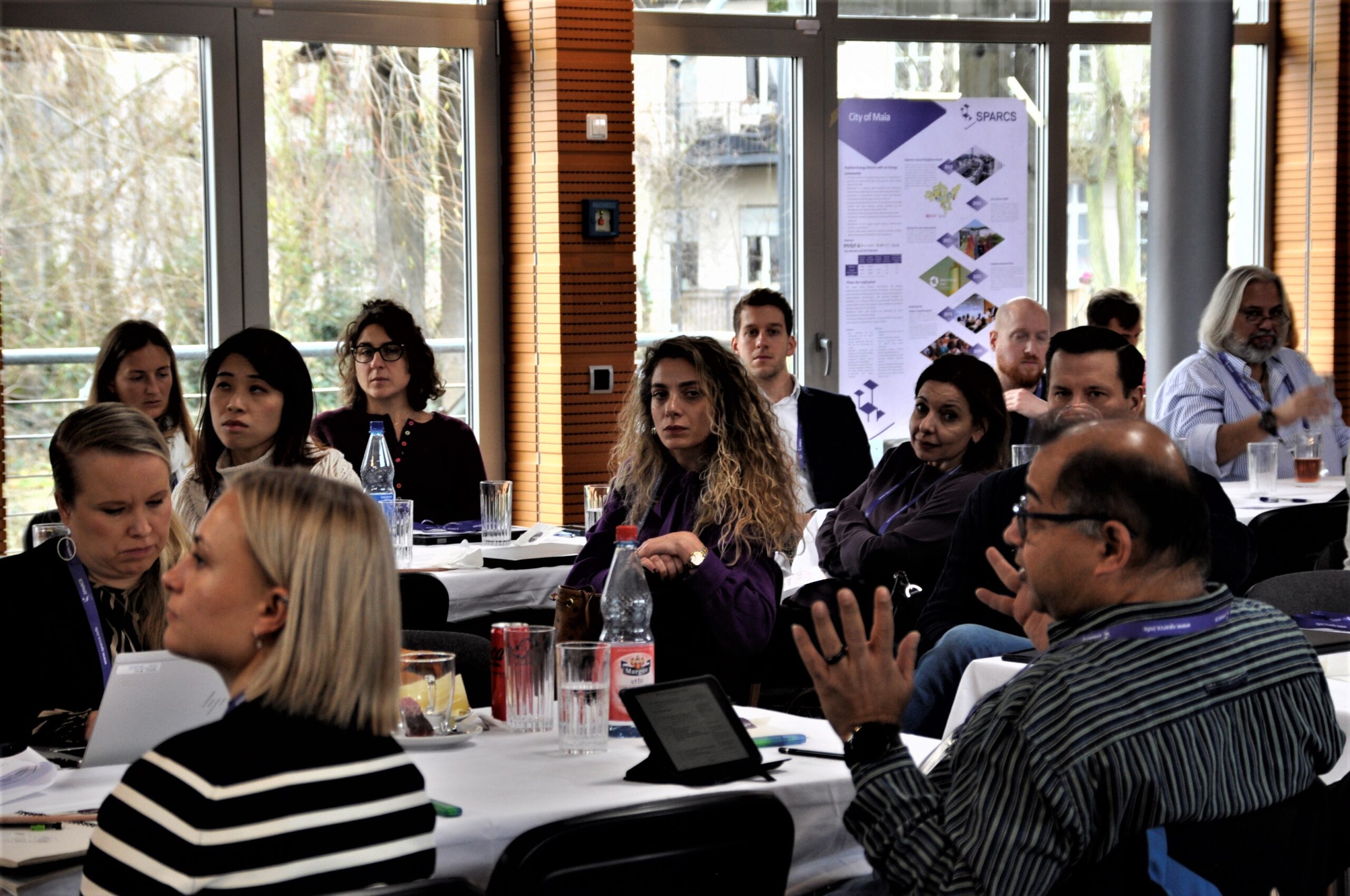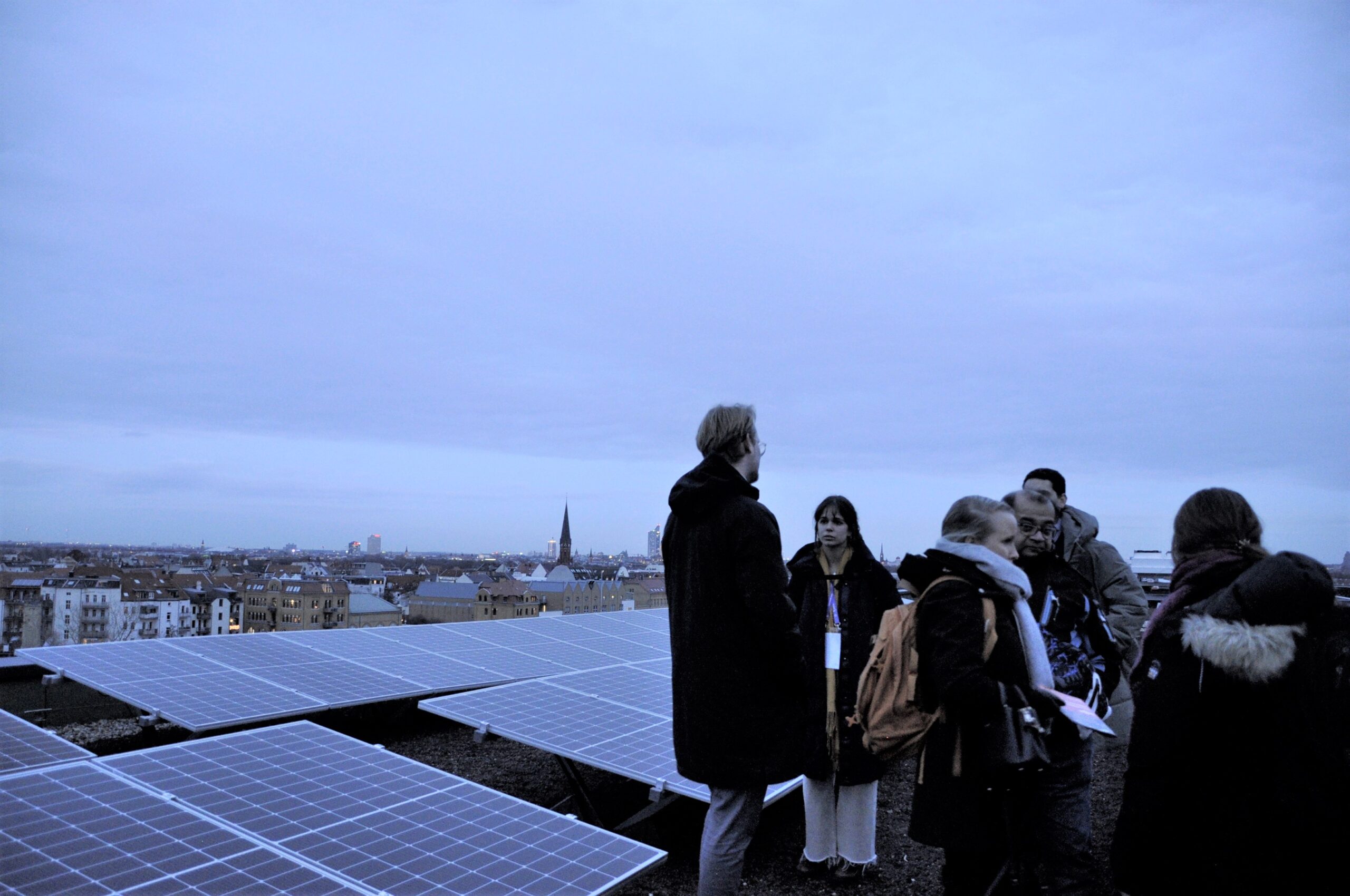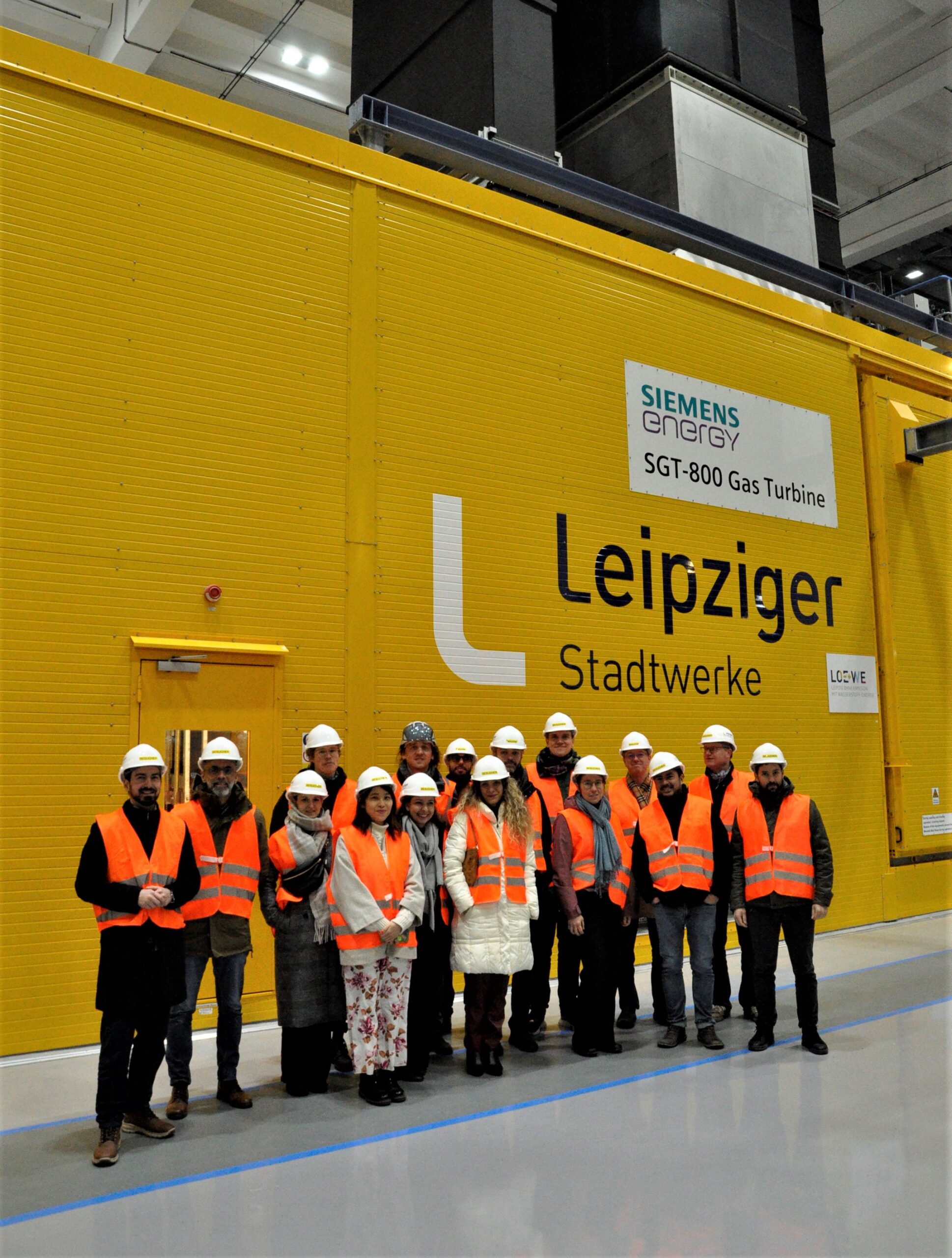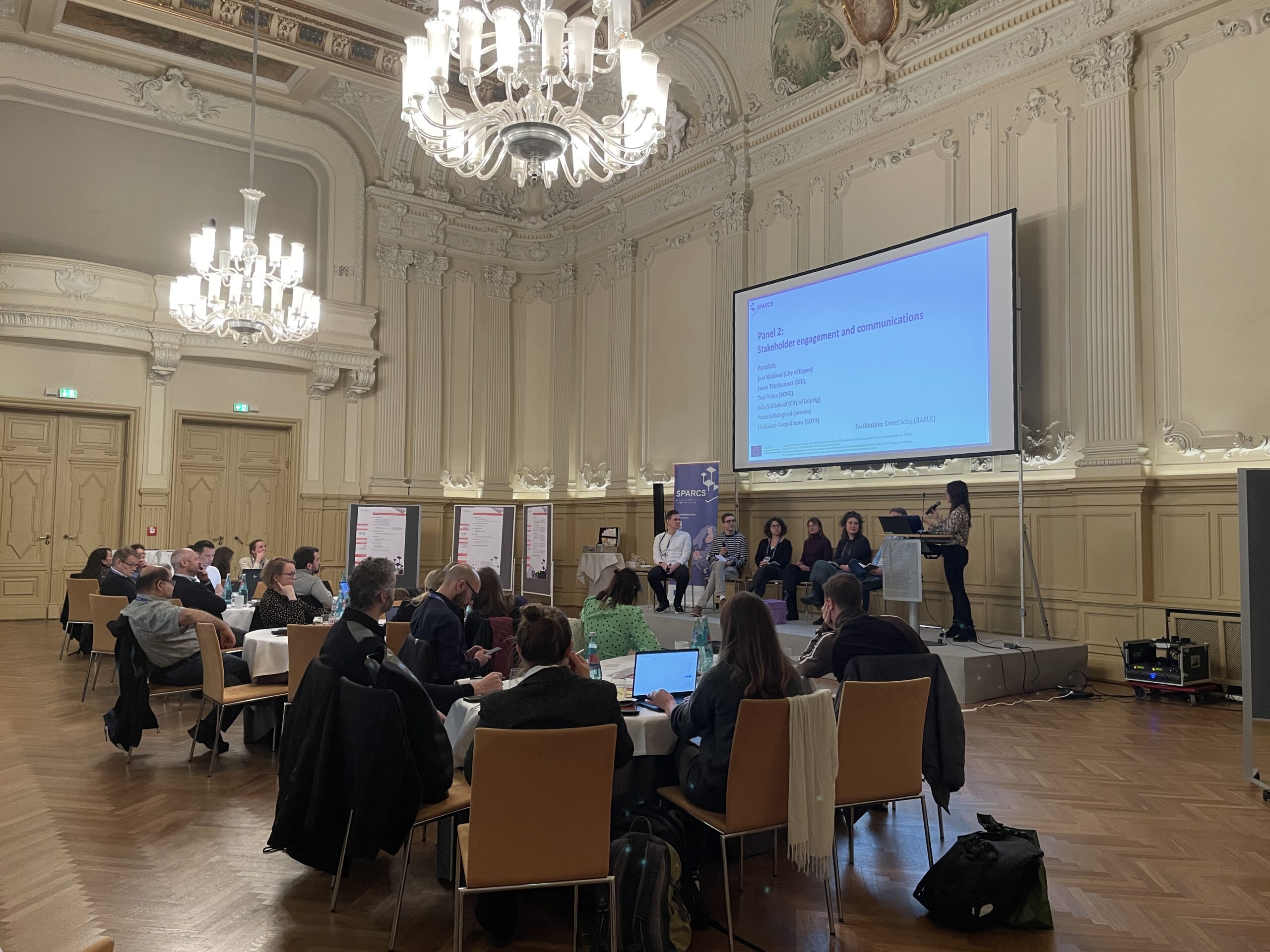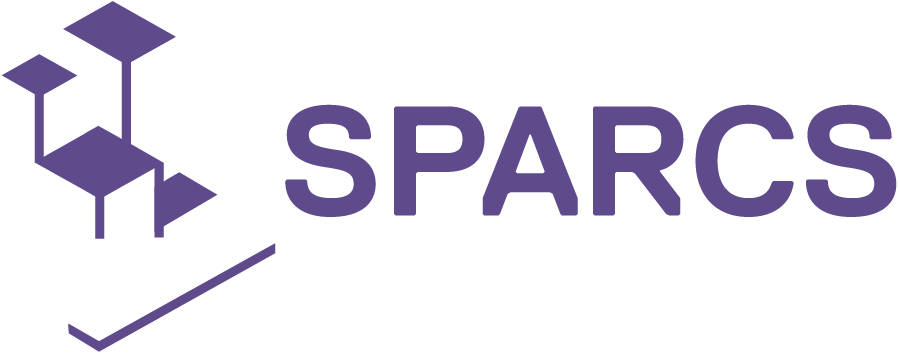Review and outlook: The EU project SPARCS meets to share experiences in Leipzig
Being at home, cookies and family – that is how many people imagine the pre-Christmas period. This year was different for the SPARCS project: the annual consortium meeting took place in mid-December! For all the European partners, it was time to get out into the world again and exchange ideas and inspiration. However, there were still cookies!
All partners and technical participants in the EU project gathered in Leipzig to work out the next steps in the work packages, share experiences, discuss, present project results and network. In order to reduce emissions, various meetings were combined into a single event: Working meetings, the official annual decision meeting, the review with external parties, filming for public relations and workshops. This year, the focus is on disseminating the findings of the SPARCS project in order to move closer to the realization of climate-neutral urban districts.
On the eve of the consortium meeting, film recordings were already made for a video course on SPARCS solutions. At the same time, the Leipzig partners held a workshop together with the Finnish partners to work out the impact of their work in the context of the global sustainability goals.
The consortium meeting kicked off with all participants in the west of Leipzig. Project manager Mari Hukkalainen, the inviting team led by Nadja Riedel and head of department Beate Ginzel warmly welcomed the participants. To provide a framework for the future in Leipzig, the head of Leipziger Versorgungs- und Verkehrsgesellschaft, Ulf Middelberg, presented the company’s strategy. The work package leaders then gave an outlook on the past year: the Urban Transformation, Replication, Monitoring, Communication package. The partner cities then presented their work progress with the help of posters.
Finally, the participants visited the Konsumzentrale site: here, the partner CENERO can transfer the experience gained in SPARCS in the field of renewable energies and energy management.
The second day began with a panel discussion on the results in the lighthouse cities. In the first session, the technical partners discussed what can be learned from their solutions. In the second session, the participants were asked about their experiences with participation. Afterwards, all lighthouse partners presented their work modules on posters and lively discussions ensued.
This was followed by the official general meeting of the SPARCS project. Here, organizational information was passed on and the formal approval of new partners as well as the confirmation of partner withdrawals took place. Dr. Maria Gröger (LSW) presented the Lößnig district, where the project partner WSL can replicate solutions.
The third day began with a tour of the new combined heat and power plant in Lößnig in the south of Leipzig. Decarbonizing and rolling out district heating is a key strategy of Leipziger Stadtwerke; district heating supply from hydrogen can be tested here in the future. The participants were taken on an e-bus from Leipziger Verkehrsbetriebe, which was used to illustrate the e-bus strategy.
After this excursion, the work package leaders presented the project results to the external reviewers to give them detailed insights into the technical work steps, challenges and approaches. They also provided critical feedback. The meeting then ended for most of them.
While the last video recordings were still being made, a smaller group completed the review in the Baumwollspinnerei demo quarter. A short tour illustrated the practical challenges and achievements.
Overall, the SPARCS consortium meeting was not only a platform for professional exchange, but also an opportunity to celebrate the successes of the past years and set the course for the final project year.
